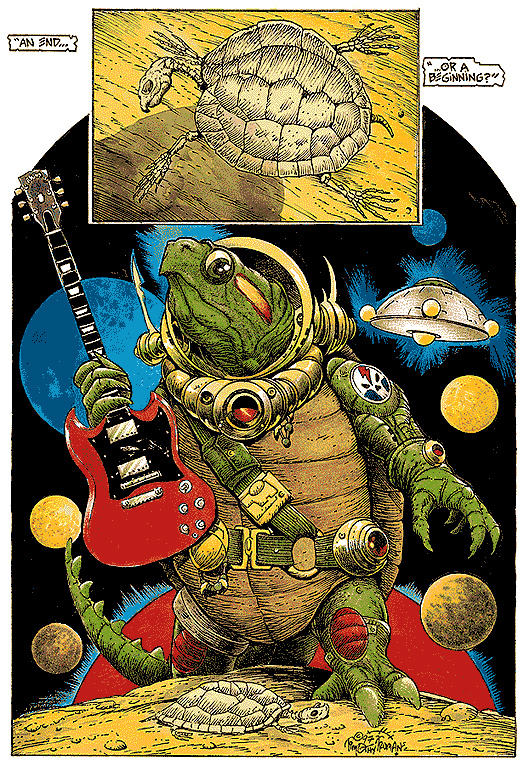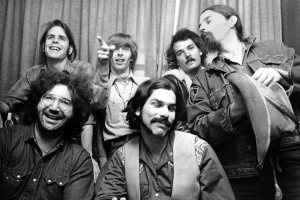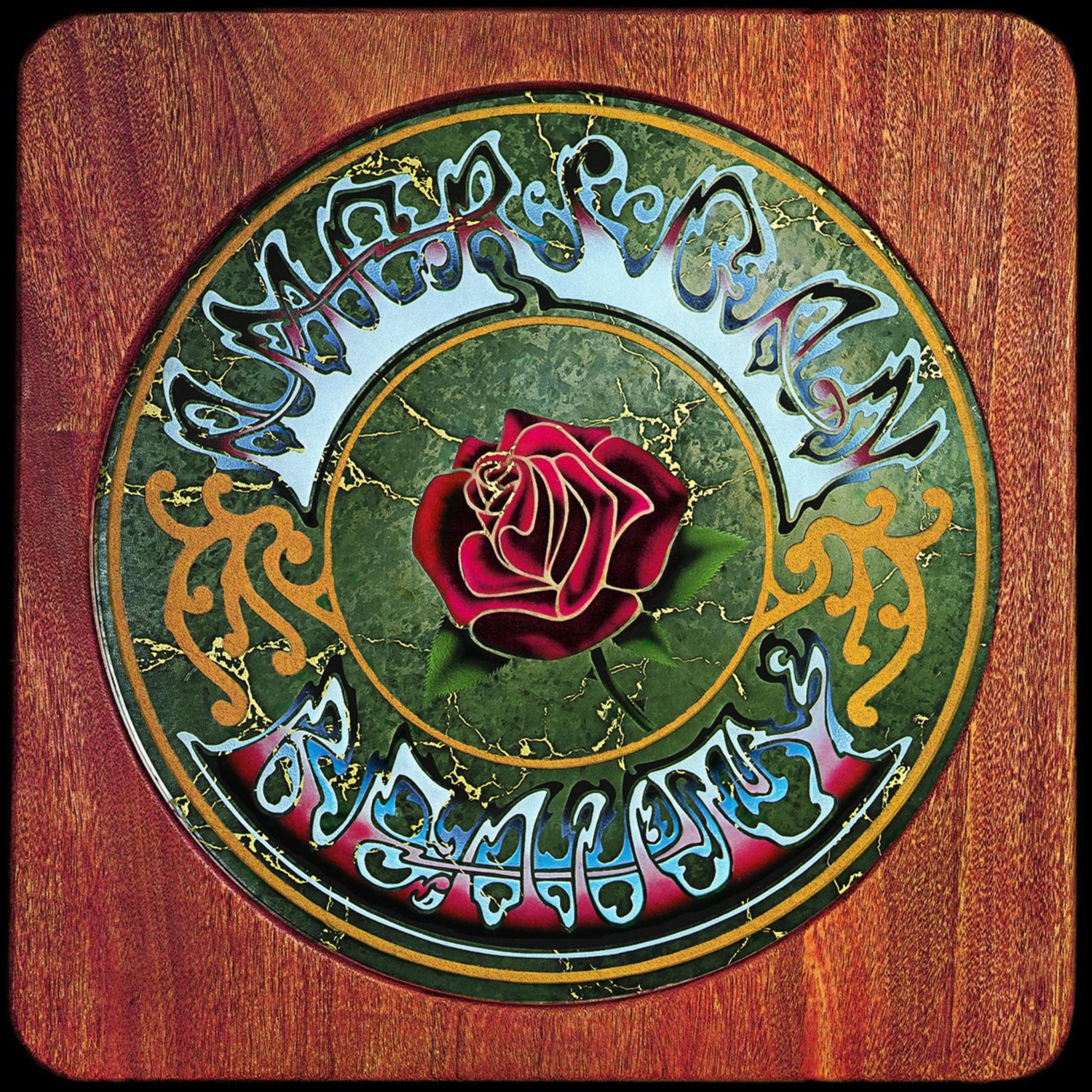

The long, early roll on “Alligator,” a chugging, spaced-blues feature of 1968’s Anthem of the Sun, was further evidence that the Dead’s rapidly advancing idea of dance music on that album – a combination of acid, freed rhythm and no fear – was on its way.Īnthem of the Sun, the Dead’s second album, may be the most authentic musical document of the San Francisco renaissance: a union of interior psychedelic exploration and truly liberated rock & roll a continuous drive to light via mad studio alchemy and the Dead’s already proven specialty, live performance. The accelerating instrumental break is a glorious connected fury – five voices racing in parallel but jamming as one.

“Viola Lee Blues” is epic, rude hypnosis, twice the length of the version on The Grateful Dead. “Song” is a loose word here: Choruses and chord progressions are departure points.

Lesh thought enough of this night’s 31-minute stretching of Wilson Pickett‘s “In the Midnight Hour” – most of it given to Garcia and organist Ron “Pigpen” McKernan’s hard-lovin’ vocal charm – to include it on his 1997 live anthology, Fallout From the Phil Zone. Time was an elastic concept on a Grateful Dead stage – a song ended only when every possibility embedded in the structure and set loose by the group’s improvising empathy was tested and fulfilled. Also note the thrilling, slippery surge underneath – bassist Phil Lesh and drummer Bill Kreutzmann pushing and tugging at the beat – as Garcia affirms his nickname, “Captain Trips,” overhead. His fusion of folk guitar and bluegrass facility with blues language and Indian modality, shot forward in a clean, stinging treble, is on dynamic display in a rightly extended “Cream Puff War” (cruelly faded out after two minutes on the LP), Martha and the Vandellas’ “Dancing in the Street” and the Dead’s signature rave-up on “Viola Lee Blues,” originally cut in 1928 by Cannon’s Jug Stompers. That evening and again on the 18th, the Dead opened for Chuck Berry at Winterland, performing much of that record’s material on the second night with more natural vigor and plenty of room for Garcia to go long and bright on lead guitar. Records released the Dead’s debut album, The Grateful Dead – a sonically brittle, high-speed version of the group’s stage act and songbook – on March 17th, 1967. Grateful Dead’s First Decade Captured in New Photo Memior “Welcome to another evening of confusion and high-frequency stimulation,” Jerry Garcia announces in the first set. Millionaire” (a pun on a newspaper headline after Owsley, the band’s sound man and resident chemist, was busted) amid R&B-party favors (the Olympics’ 1960 hit “Big Boy Pete”) and future cover staples including the traditional “I Know You Rider” and John Phillips’ “Me and My Uncle.” In a spirited thrashing of “New Minglewood Blues,” guitarist Bob Weir sings like a hip, brash kid, which he was (Weir had recently turned 19). These three sets at the Matrix – a club founded by Jefferson Airplane‘s Marty Balin – catch the original quintet in primal, exuberant form, slipping early originals such as “Alice D. In late 1966, more than a year into their evolution, the Grateful Dead were still in the early stages of their psychedelia: an acid-dance band with bar-band aggression, tripping in its jams but just starting to write and largely reliant on folk and blues covers. This story was first published in the special Rolling Stone edition Grateful Dead: The Ultimate Guide These 20 shows are genuinely essential in at least one way: If I had no other live Dead in my collection, I would be happy and fulfilled with this. This list jumps and dances through the story, but it’s not a bad place to start, if you’re not in deep already: more than 40 hours of performance from key runs and one-nighters in every decade, drawn from archival releases, the vast amount of circulating recordings and my own good times with the music.

That long, strange trip was a continually unfolding tale of highs and trials, dedicated evolution and surrender to the moment, often caught vividly in the recording studio but told most immediately each night (or day) onstage. In fact, there is only one definitive list of the Dead’s greatest concerts - and it includes every show they played, in every lineup, from their pizza-parlor-gig days as the Warlocks in 1965 until guitarist Jerry Garcia‘s death in 1995. Endless debate over set-list minutiae is inevitable. Passionate challenge from fans, especially hardcore Deadheads and veteran tape traders, is guaranteed. Choosing and justifying a list of essential Grateful Dead shows - 20, 200, or even 2,000 - is treacherous work.


 0 kommentar(er)
0 kommentar(er)
